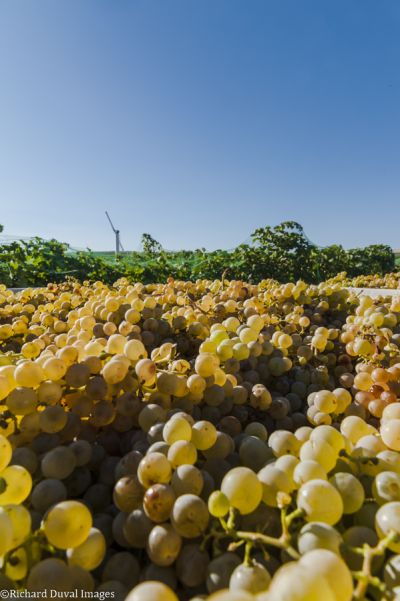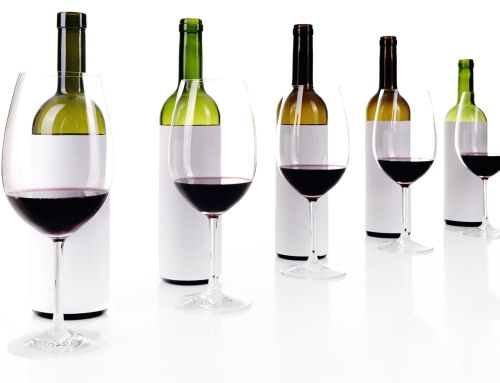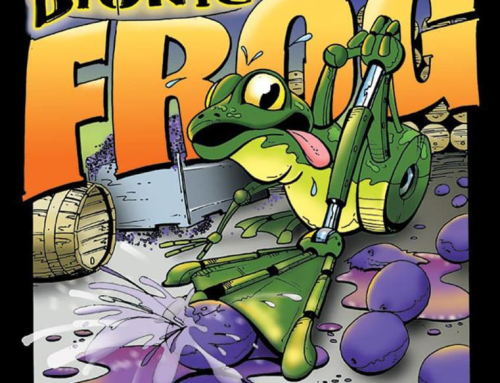
Sémillon at Seven Hills Vineyard. Copyright Richard Duval.
55+ wines reviewed below, including the latest from Amavi, Gård, Holesinsky, Koenig, Massalto, Planet Oregon, Rocks of Bawn, Sleight of Hand, Soter, Split Rail, SuNu, Valo, Walnut Ridge, and Williamson.
Sémillon is one of Washington’s most underappreciated varieties. It’s also one of the few varieties in the state that has declined in plantings over the last 30 years.
There were 700 acres of Sémillon in 1993 when Washington had a mere 11,100 acres of wine grape vines planted. Today, though the state has over five times as much planted acreage, there are a mere 235 acres of Sémillon. Only Chenin Blanc and Gewürztraminer have also decreased in plantings over that time.
Sémillon has, however, stubbornly held on over the last 20 years at a couple of hundred acres. The reason is simple: Sauvignon Blanc.
Varietally labeled Sauvignon Blanc in Washington often contains some percentage of Sémillon, sometimes a significant one. The practice dates back to Bordeaux, where Sauvignon Blanc and Sémillon are frequently blended together, occasionally with Muscadelle and/or other varieties.
How sneaky good is Washington Sémillon? I once asked winemaker Mike Januik of Januik Winery/Novelty Hill what makes Washington Sauvignon Blanc so compelling. Januik, who has as much winemaking experience in Washington as anybody, gave an answer that was as simple as it was surprising.
“The Sémillon.”
This is not an overstatement. Sémillon provides texture, flesh, and added aromatic complexity to Washington Sauvignon Blanc. It makes good wines great.
In addition to varietally labeled Sauvignon Blanc with Sémillon added, there are also a number of Sauvignon Blanc/Sémillon blends in Washington. The most prominent example comes from DeLille, with the winery’s Chaleur Blanc. It’s a wine that can comfortably sit alongside the very best Bordeaux Blanc. A good part of the reason for that is the Sémillon. The 2022 vintage, the current release, contains a full 31% of the variety.
Another standout example of a Sauvignon Blanc/Sémillon blend comes from L’Ecole No. 41. Its Luminesce white wine from Walla Walla Valley offers consistently high quality.
But Sémillon can be compelling in its own right. It can have the textural richness and ageability consumers appreciate from Chardonnay. Washington Sémillon has also, to my palate, proven itself to be more distinctive than Washington Chardonnay has to date.
To wit, there are few places in the world that can grow high quality, compelling Sémillon. Bordeaux is one. Australia is another. South Africa is a third. Washington unequivocally belongs on that list.
However, varietal bottlings of Sémillon remain relatively rare in Washington. L’Ecole has long carried the flag for Sémillon, making a high quality, well-priced wine. Another producer that has long championed Sémillon as a varietal wine is Walla Walla Valley’s Amavi.
The 2022 Amavi Sémillon, reviewed below, makes the case for Washington Sémillon better than I ever could. It’s nothing short of the best offering of this variety I’ve ever had from Washington (Amavi 2022 Estate Vineyards Sémillon Walla Walla Valley $28, 94 points, Critic’s Choice). The wine has all of the textural richness Sémillon can bring along with the shimmering acidity of the 2022 vintage.
Despite its distinctiveness – and recent interest from several key producers, such as Itä and Devison – Sémillon will surely remain in Sauvignon Blanc’s shadow in Washington. Sauvignon Blanc has much broader wine consumers awareness and always will.
Ironically, the recent surge in Washington Sauvignon Blanc, where it has jockeyed past Pinot Gris to become Washington’s third most produced white variety, will also protect existing Sémillon acreage. Plantings will likely even increase due to Sauvignon Blanc’s recent success.
Washington Sémillon, however, should be considered in its own right. It’s a variety well-worth additional exploration and consideration, from winemakers and consumers alike.
* * *
At Northwest Wine Report, all scores come from blind tastings in varietal/style sets. Read more about this site’s process for rating and reviewing wines. See Northwest Wine Report rating system and special designations. Read about how to interpret scores. See a list of recently reviewed producers.
Note that access to reviews and ratings at Northwest Wine Report now requires a subscription. Wineries submitting wines are under no obligation whatsoever to subscribe and can receive reviews freely after they have been published by contacting [email protected].
Northwest Wine Report is wholly subscriber funded. The site currently has 70% of the minimum number of paid subscribers needed to continue publication. Please subscribe to support continued independent content and reviews on this site.
To receive articles via email, click here.







Leave A Comment